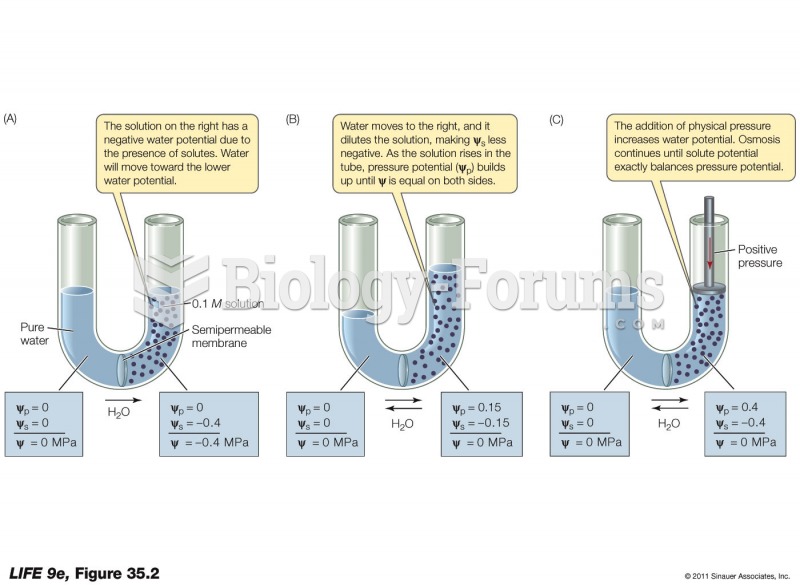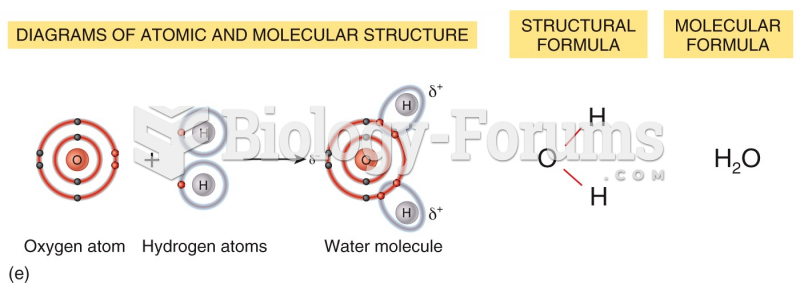|
|
|
Blood is approximately twice as thick as water because of the cells and other components found in it.
One way to reduce acid reflux is to lose two or three pounds. Most people lose weight in the belly area first when they increase exercise, meaning that heartburn can be reduced quickly by this method.
All patients with hyperparathyroidism will develop osteoporosis. The parathyroid glands maintain blood calcium within the normal range. All patients with this disease will continue to lose calcium from their bones every day, and there is no way to prevent the development of osteoporosis as a result.
The first oncogene was discovered in 1970 and was termed SRC (pronounced "SARK").
Pubic lice (crabs) are usually spread through sexual contact. You cannot catch them by using a public toilet.







